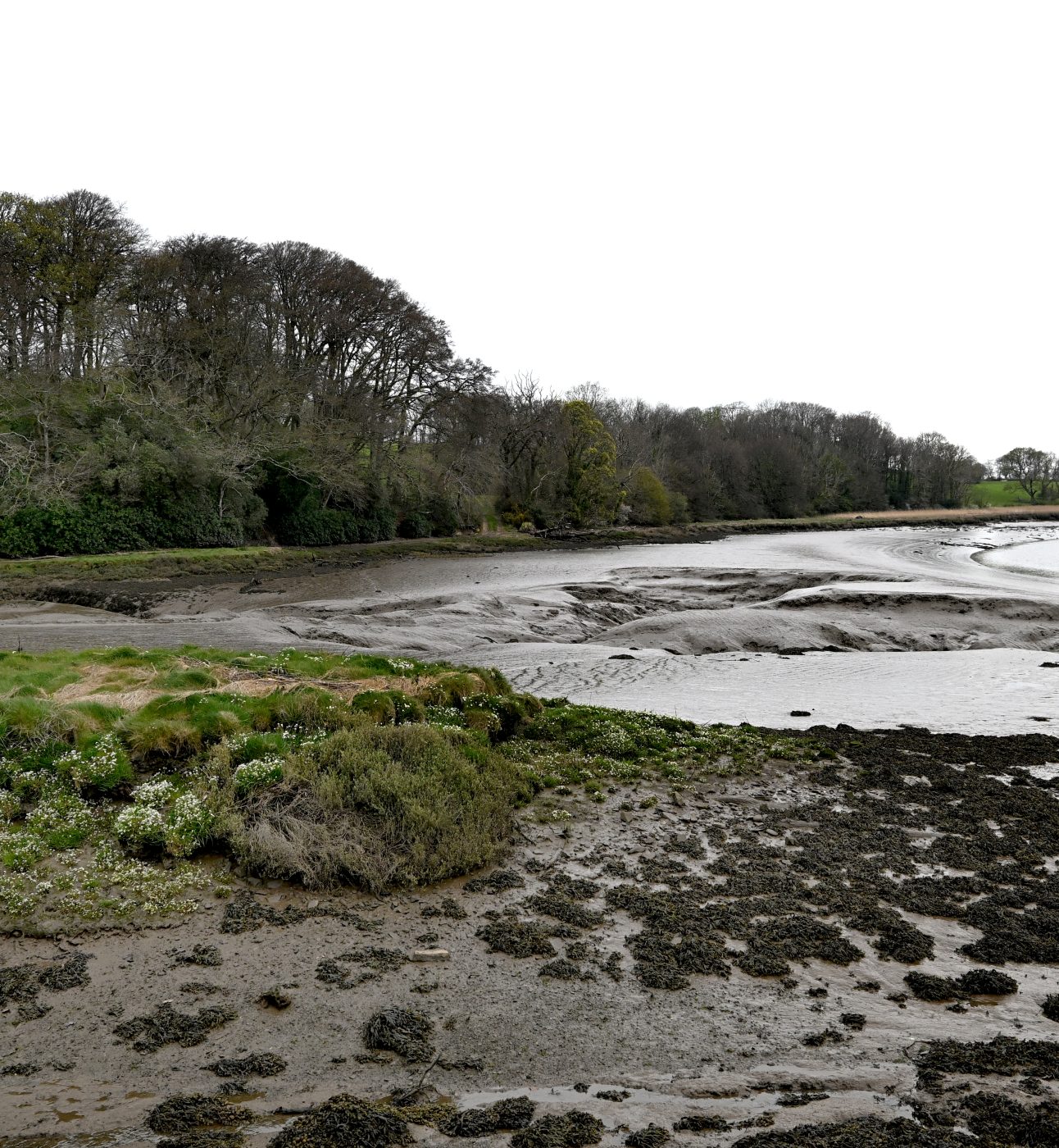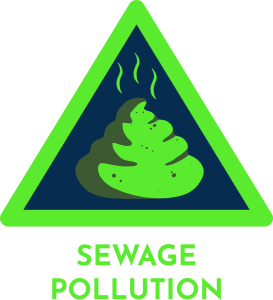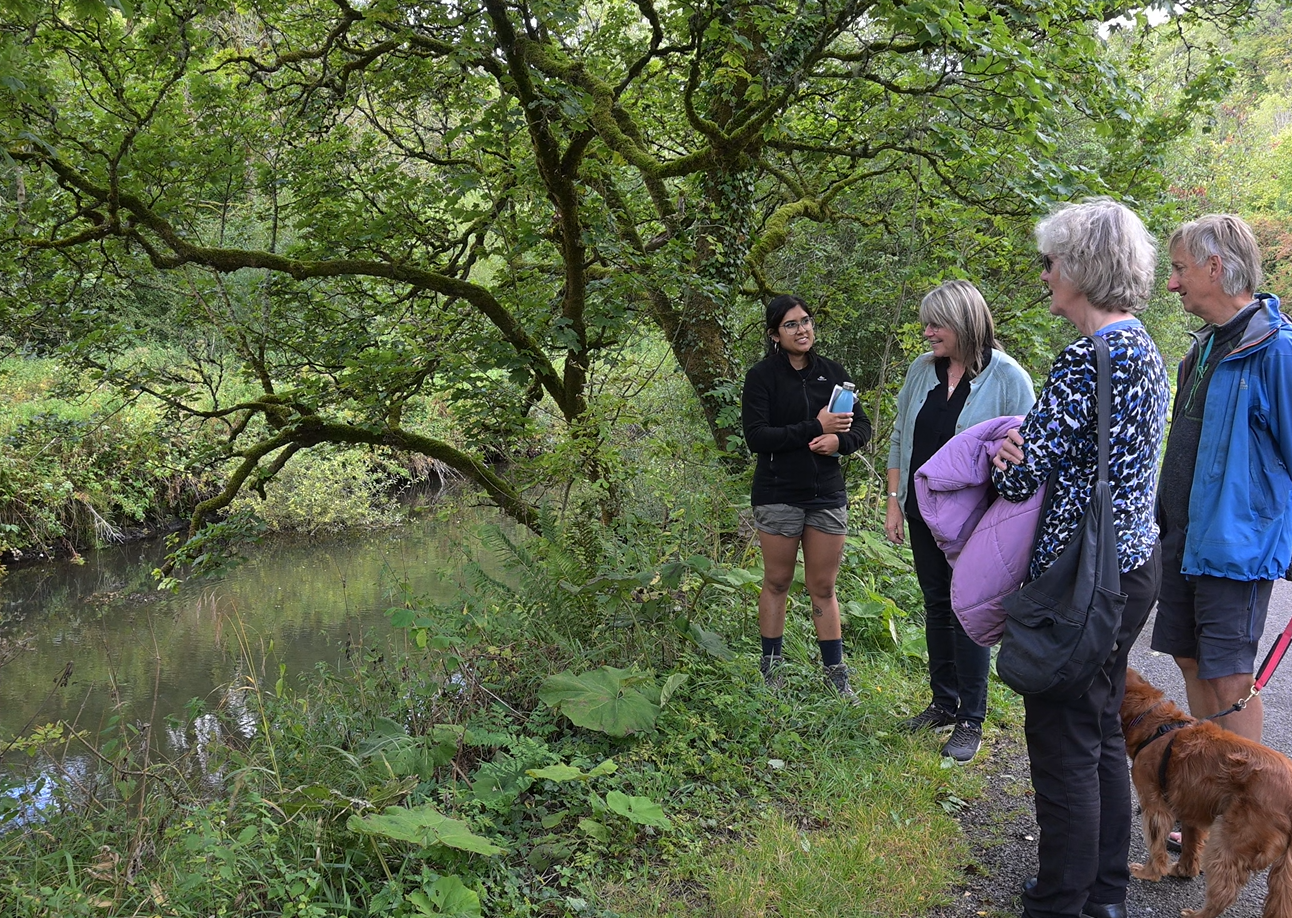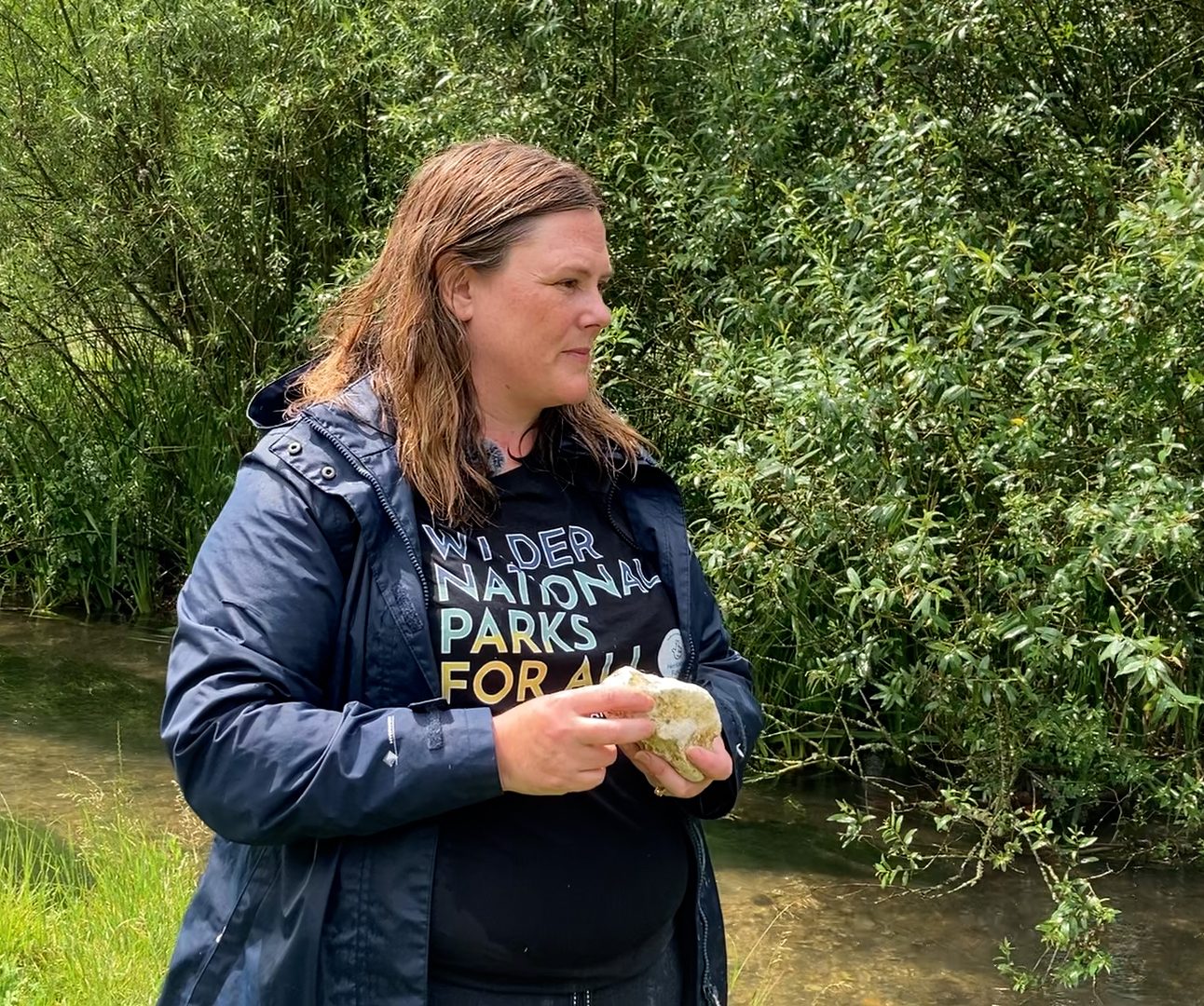
River Cleddau
Polluted to the brink from source to sea, this once thriving river in Pembrokeshire Coast has seen an alarming decline in health.

Peak District National Park
Rising from Axe Edge Moor, a significant source of four rivers in the Peak District, the River Wye is a major tributary to the River Derwent which also feeds into the River Trent before making its way out to the Humber and then the North Sea.
The Wye has powered many water mills used for corn and cotton production through the years, making Derbyshire an industrial powerhouse. It is also one of very few places in the UK where a wild population of rainbow trout is currently able to survive alongside a host of other protected and special species.
Unfortunately, declining water quality in the river has been firmly in the news since reports of concentrations of pharmaceutical pollution were at levels of concern for both human and ecological health.



We spoke to the Tideswell and District Environment Group about the impact pollution is having on their local brook and just why local campaigning groups are vital in keeping pressure on water companies.
Sewage treatment works are the main source of dissolved phosphorus in the river at an 64.3 average tonnes of dissolved phosphorus.
The brook now has the second highest level of pharmaceutical pollution in the UK, beyond levels experienced in inner cities such as London.
In the Peak District tis has declined from 17% to 16.3% between 2016 and 2019.
Rising from Axe Edge Moor, a significant source of four rivers in the Peak District, the River Wye is a major tributary to the River Derwent which eventually feeds into the River Trent before making its way out to the Humber and then the North Sea.
Whilst the Wye may be a small river in a larger network of major rivers, it is also a vitally important waterway with cultural and ecological significance. The river winds its way through the well-known town of Bakewell and other major villages which have been significantly shaped by the river throughout history.
For example, the Wye powered many of the water mills used for the corn and cotton production which made Derbyshire an industrial powerhouse. The river is also one of very few places in the UK where a wild population of rainbow trout is currently able to survive.
Unfortunately, declining water quality in the river has been firmly in the news since a report was released in August 2024 by Prof Alistair Boxall of York University. The report showed that there is widespread contamination in the National Parks with concentrations of pharmaceutical pollution in the Wye at levels of concern for both human and ecological health. The report showed that rivers in English National Parks had higher concentrations than many UK cities, and that they were at high risk of contamination due to ineffective wastewater treatment, seasonal tourism, low water flows and an elderly local population.
The Tideswell Sewage Treatment Works on the River Wye has been identified as a pollution hotspot due to untreated sewage being released into Tideswell. The brook has had alarmingly high levels of pharmaceutical pollution, above levels experienced in cities like London and Sheffield.
Our research shows that the water industry is indicated as the main reason for failure in the river with 16 sewage overflows discharging 5,228 hours of sewage spilling into the river in 2024. Sewage treatment works are the main source of dissolved phosphorus in the river with an average of 64.3 tonnes of dissolved phosphorus found in the river each year.
The River Meon is just one of the many rivers, lakes and streams at risk in our National Parks.
There’s too much at risk if we continue polluting, degrading and destroying the waterways in National Parks, but we have an opportunity now to bring forward new regulations to clean up National Park waterways as a priority.
Speak up for rivers in National Parks today.

Polluted to the brink from source to sea, this once thriving river in Pembrokeshire Coast has seen an alarming decline in health.

Deemed unsafe for swimming in recent years, this river in the New Forest is a pollution hotspot.

Acute over-abstraction is threatening this rare and precious chalk stream in the South Downs National Park.